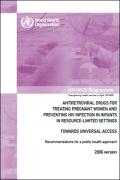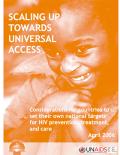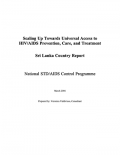Publications on People Living With HIV (PLHIV)
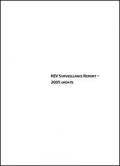
Resource | Publications,
Hong Kong locates in Asia, the new burning place of HIV infection, but still enjoying a low-prevalence of HIV infection. While sexual transmission was the predominant route of transmission in Hong Kong, an outbreak in injecting drug users was worried as taking reference from the experience in other Asian areas.

Resource | Publications,
The main objective of this project is to strengthen the national policy and programmes on HIV/AIDS in Malaysia by assessing the impact of HIV/AIDS on people infected by the disease to provide an information base on PLHIV (People Living with HIV) and the families/communities affected.
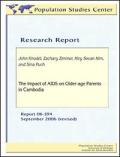
Resource | Publications,
Most adults who die of AIDS have older-aged parents who survive them. This, the first quantitative study in Cambodia to look at the impact of the death of a child due to AIDS on their older parents, directly contributes to "improving data collection and analysis on the status, trends and socioeconomic impact of the epidemic," a recommendation specifically set out by Cambodian government in their efforts to meet the United Nations Millennium Goals. Findings from this study can inform policy aimed at mitigating the impact of the epidemic on older persons.
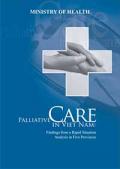
Resource | Publications,
In Việt Nam, 263,000 people are estimated to be living with HIV/AIDS and approximately 150,000 people are diagnosed with cancer each year. It is well documented that pain and suffering are prevalent among people with these and other life-limiting illnesses. To better appreciate and respond to the full spectrum of palliative care needs in Việt Nam, the Therapy Department of the Ministry of Health conducted in summer 2005 a rapid situation analysis (RSA) in five high HIV and cancer prevalence provinces in Việt Nam: Hanoi, Hai Phong, Quang Ninh, HCMC and An Giang.






